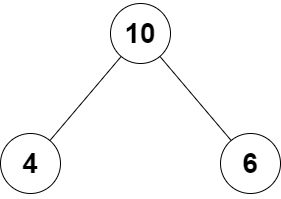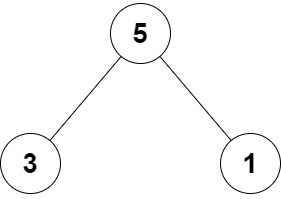Given an integer array nums of size n, return the number with the value closest to 0 in nums. If there are multiple answers, return the number with the largest value.
Example 1:
Input: nums = [-4,-2,1,4,8] Output: 1 Explanation: The distance from -4 to 0 is |-4| = 4. The distance from -2 to 0 is |-2| = 2. The distance from 1 to 0 is |1| = 1. The distance from 4 to 0 is |4| = 4. The distance from 8 to 0 is |8| = 8. Thus, the closest number to 0 in the array is 1.
Example 2:
Input: nums = [2,-1,1] Output: 1 Explanation: 1 and -1 are both the closest numbers to 0, so 1 being larger is returned.
Constraints:
1 <= n <= 1000-105 <= nums[i] <= 105
Solution: ABS
Time complexity: O(n)
Space complexity: O(1)
C++
|
1 2 3 4 5 6 7 8 9 |
// Author: Huahua class Solution { public: int findClosestNumber(vector<int>& nums) { return *min_element(begin(nums), end(nums), [](int a, int b){ return abs(a) < abs(b) || (abs(a) == abs(b) && a > b); }); } }; |

